Mastering Pantry Organisation: Tips for a Clutter-Free Kitchen
Ever had those moments where you’re in the middle of preparing a dish, and you find yourself on an endless quest for a particular ingredient? It’s both time-consuming and frustrating. But hang tight— this guide’s your ticket to a cleaner and tidier pantry. Imagine easily spotting spices or staples without a hassle. How? It’s all about implementing clever strategies.
By sorting items, using clever tricks, and creating designated spots, chaos turns into order. Whether you are a cooking enthusiast or seeking a more efficient space, this guide offers practical insights to elevate your culinary haven. Get ready to learn some tips on how to achieve a more organised, clutter-free kitchen, making cooking a breeze!
Declutter and Clean

Before arranging your pantry ingredients, start with decluttering and thorough cleaning. Begin by throwing away expired items, discarding unused or unnecessary products, and donating unopened non-perishables. Empty your shelves, wipe them down, and vacuum or sweep the kitchen floor to ensure a fresh start.
With a clutter-free space, organising becomes more manageable, allowing you to create a functional pantry that’s easy to navigate. In other words, a clean pantry serves as a blank canvas, setting the stage for a well-organised space where items are readily accessible, making meal preparation a breeze.
Use Storage Containers and Labels
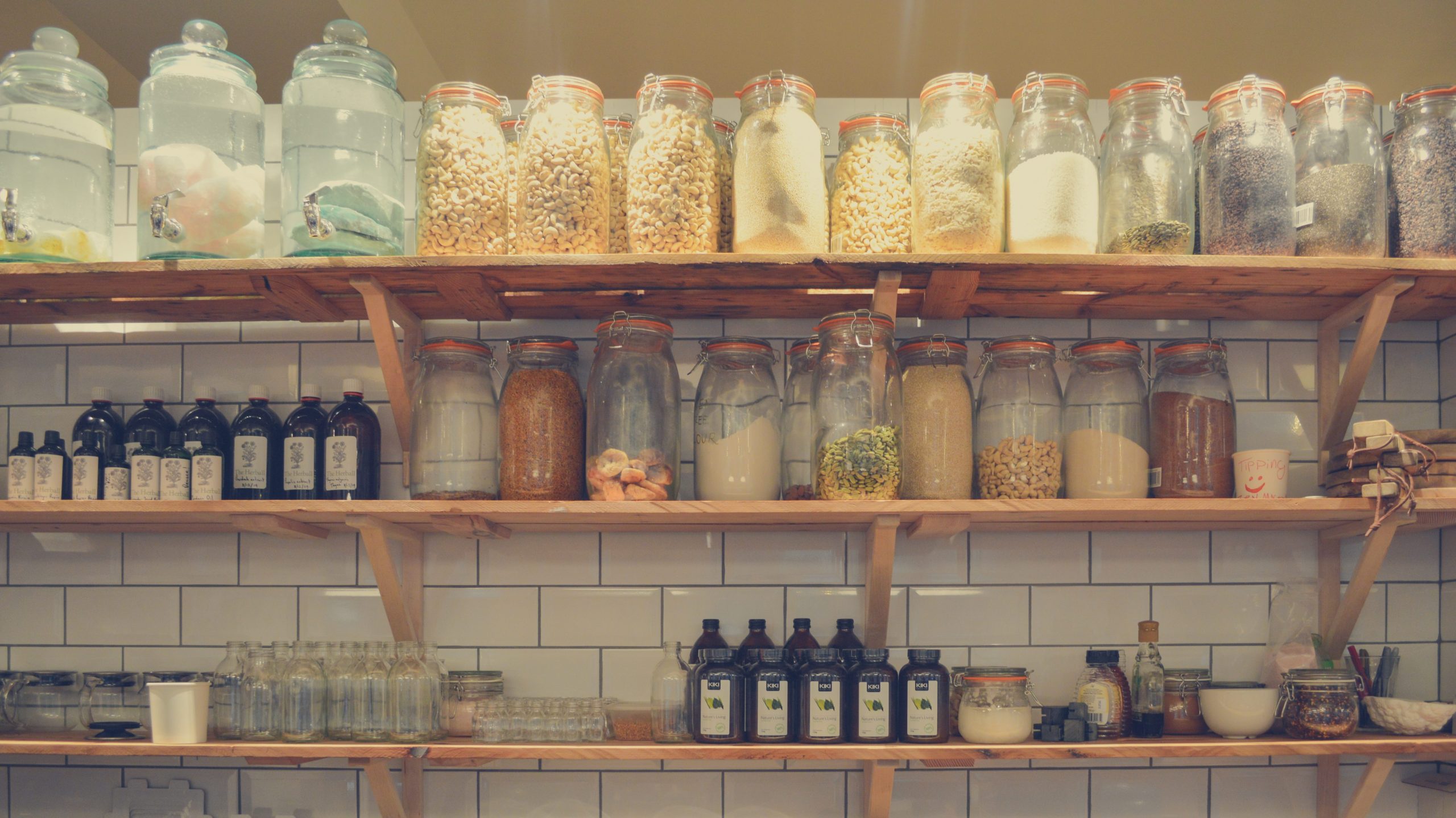
Using storage containers and labels can work wonders in maintaining an organised pantry, especially when it comes to items like spices, pasta, and more. Opting for storage jars is an excellent choice for preserving and organising various ingredients. These jars come in different sizes, making them versatile for storing items like spices, herbs, grains, and even dried pasta.
If you’re not sure what kind of containers to pick, go for convenient plastic or glass storage jars with airtight lids. They preserve freshness, are transparent for easy visibility, and are versatile for storing various ingredients like spices, grains, pasta, nuts, and dried fruits. Mason jars, flip-top jars, or jars with screw-top lids are popular options due to their durability and ability to maintain food quality. Clear containers allow you to see contents easily, while airtight seals help in preserving the ingredients’ flavours and textures.
When it comes to spices, transfer them from their original packaging into labelled spice jars. This keeps them fresh for longer and makes identification easier while cooking. Choose clear jars to easily see the contents and opt for airtight lids to maintain the spices’ flavours and potency.
For pasta storage, consider tall, airtight containers or jars. These not only keep pasta fresh but also make it simpler to grab what you need without rummaging through various boxes. Labelling these containers ensures you identify spaghetti from penne or other pasta shapes swiftly. Additionally, for nuts, dried fruits, or grains, a transparent container or a glass storage jar are both excellent choices. Labels indicating the contents and expiration dates contribute to better organisation and help prevent waste.
Utilise stackable containers to save space, especially for smaller items like seeds, small quantities of nuts, or different types of sugar. Stackable containers allow efficient use of shelf space and keep similar items grouped. Labels play a crucial role in this organisation method. Use a label maker or simply write with a marker on adhesive labels to specify the contents and expiry dates. Clear and legible labels make finding items effortless and contribute to maintaining a well-organised pantry.
Categorise Items
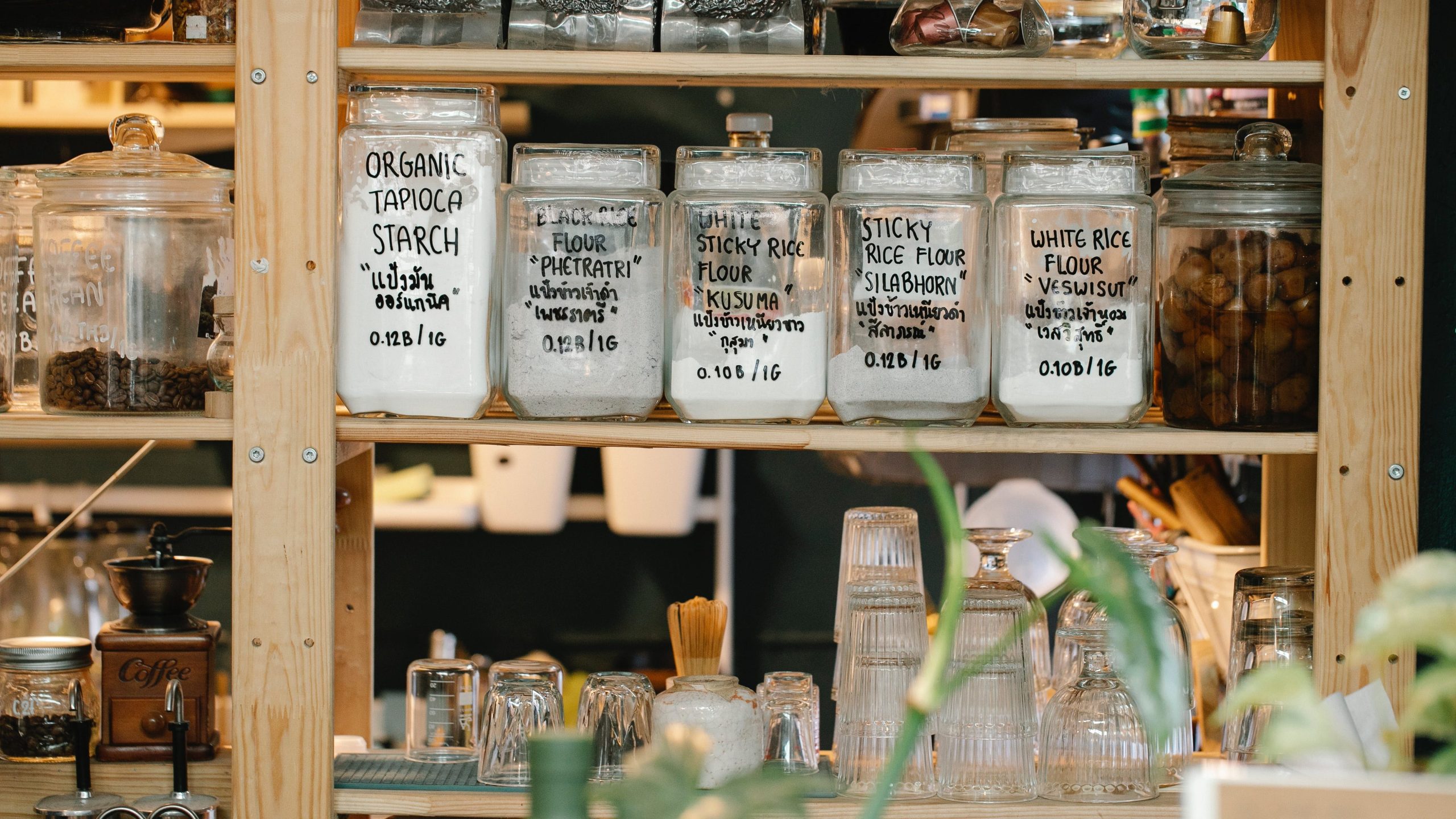
Categorising items in your pantry is key to an organised space. Group similar items together, such as grains, canned goods, spices, baking essentials, and snacks. Arrange these categories based on frequency of use and accessibility. For instance, keep frequently used items at eye level or within easy reach, reserving higher or lower shelves for less-used products.
Use baskets, bins, or shelves to further segregate and organise within these categories. Creating zones in the pantry helps streamline meal prep—keeping ingredients together simplifies finding what you need. Consistent categorisation ensures a tidy, efficient pantry, enabling swift access to items while cooking.
Utilise Shelf Organisers and Racks
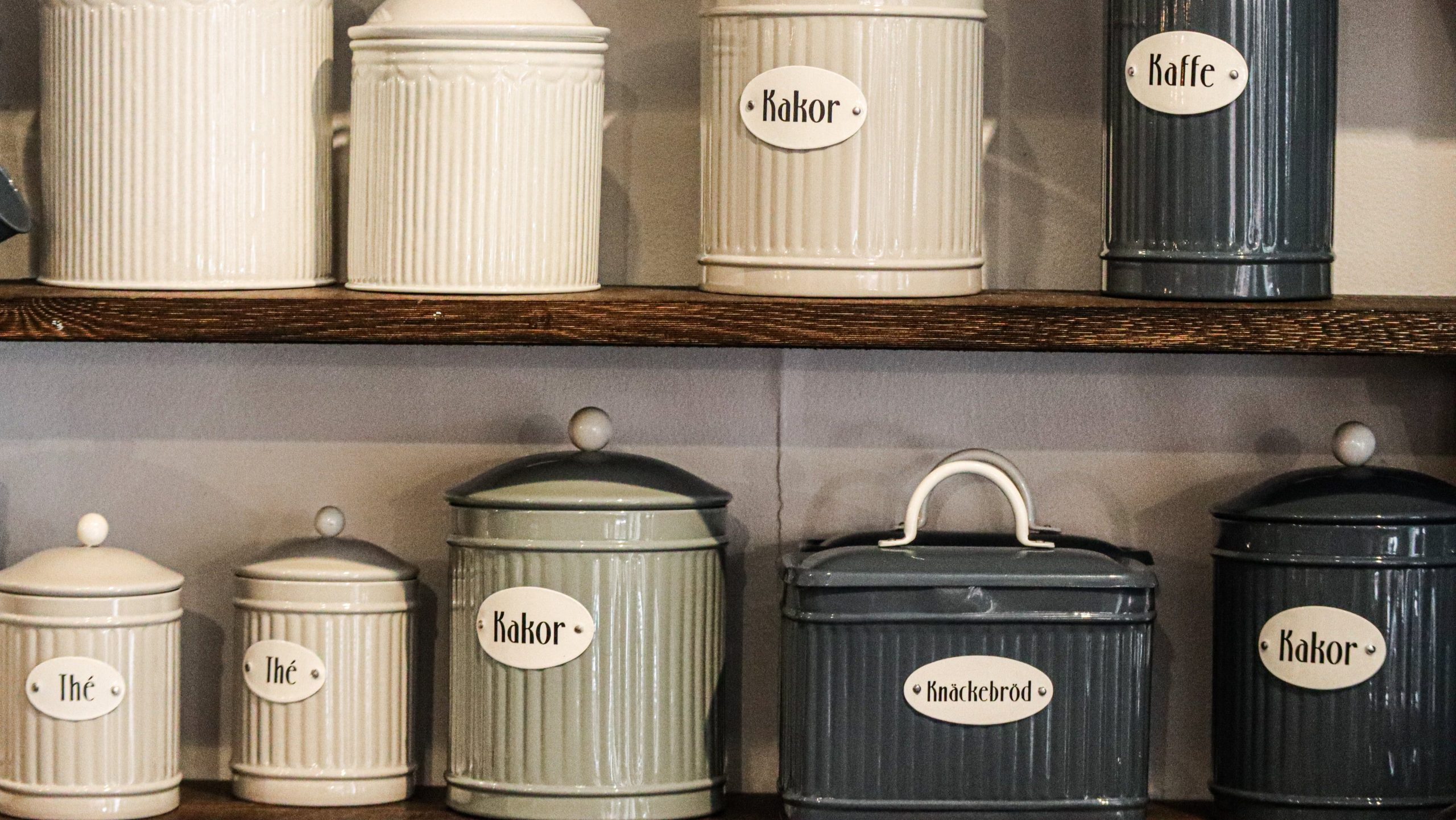
Shelf organisers and racks are pivotal in maximising pantry space efficiency. By utilising these tools, you can optimise available vertical and horizontal spaces. Adjustable shelving and risers enable better use of height, allowing for layered storage and preventing wasted vertical room.
Implementing specialised racks, such as spice or can organisers, helps in creating dedicated sections for specific items, optimising every inch of shelf or door space. These organisers create a structured layout, ensuring items are easily visible and accessible. Leveraging shelf organisers and racks is instrumental in transforming cluttered areas into well-organised zones, enabling you to utilise every nook and cranny effectively within your pantry.
Consider Accessibility
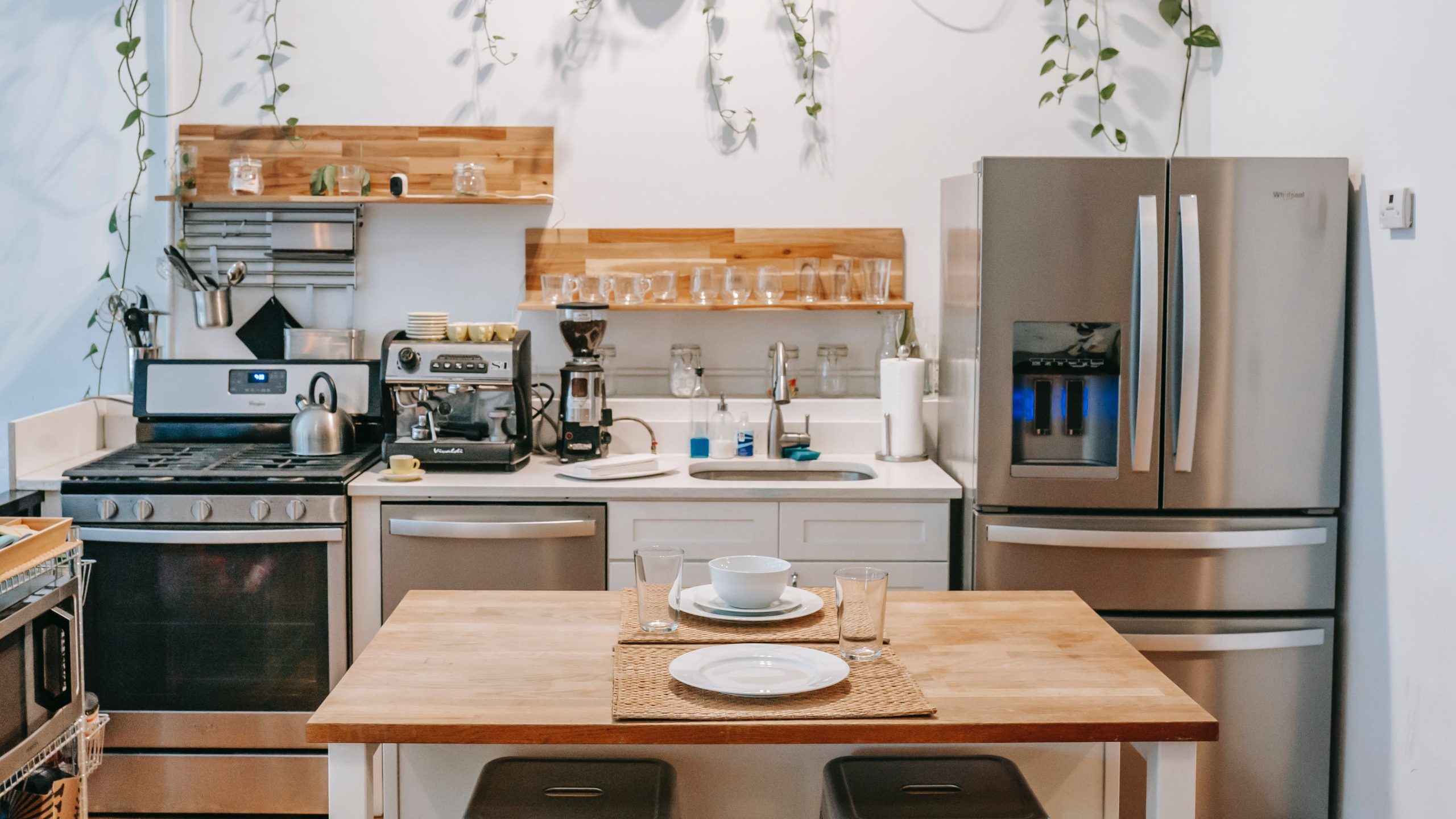
When organising your pantry, prioritise accessibility for a seamless cooking experience. Arrange frequently used items at eye level or within easy reach to expedite meal prep. Reserve higher or lower shelves for lesser-used products or bulk items.
Use pull-out drawers or lazy Susans for deeper shelves, enhancing accessibility to items at the back. By considering accessibility, you create a functional pantry where every ingredient is easily found, contributing to efficient cooking and maintaining an organised space that simplifies daily culinary endeavours.
Regularly Revisit and Revise
Consistently revisiting and revising your pantry organisation is crucial for maintaining order. That said, make sure to set aside time every few months for reassessing and decluttering your pantry. Discard expired items, donate what’s unused, and adjust the layout based on changing needs.
As your cooking habits evolve, so might your pantry’s requirements. Rearrange shelves or storage solutions to accommodate these shifts, ensuring accessibility and efficiency. Regular revisions prevent clutter buildup, optimise space, and maintain a functional system. This proactive approach not only keeps your pantry organised but also saves time, ensuring you’re always aware of what’s on hand, facilitating smoother meal prep and minimising food waste.
Should a Pantry Be Open or Closed?
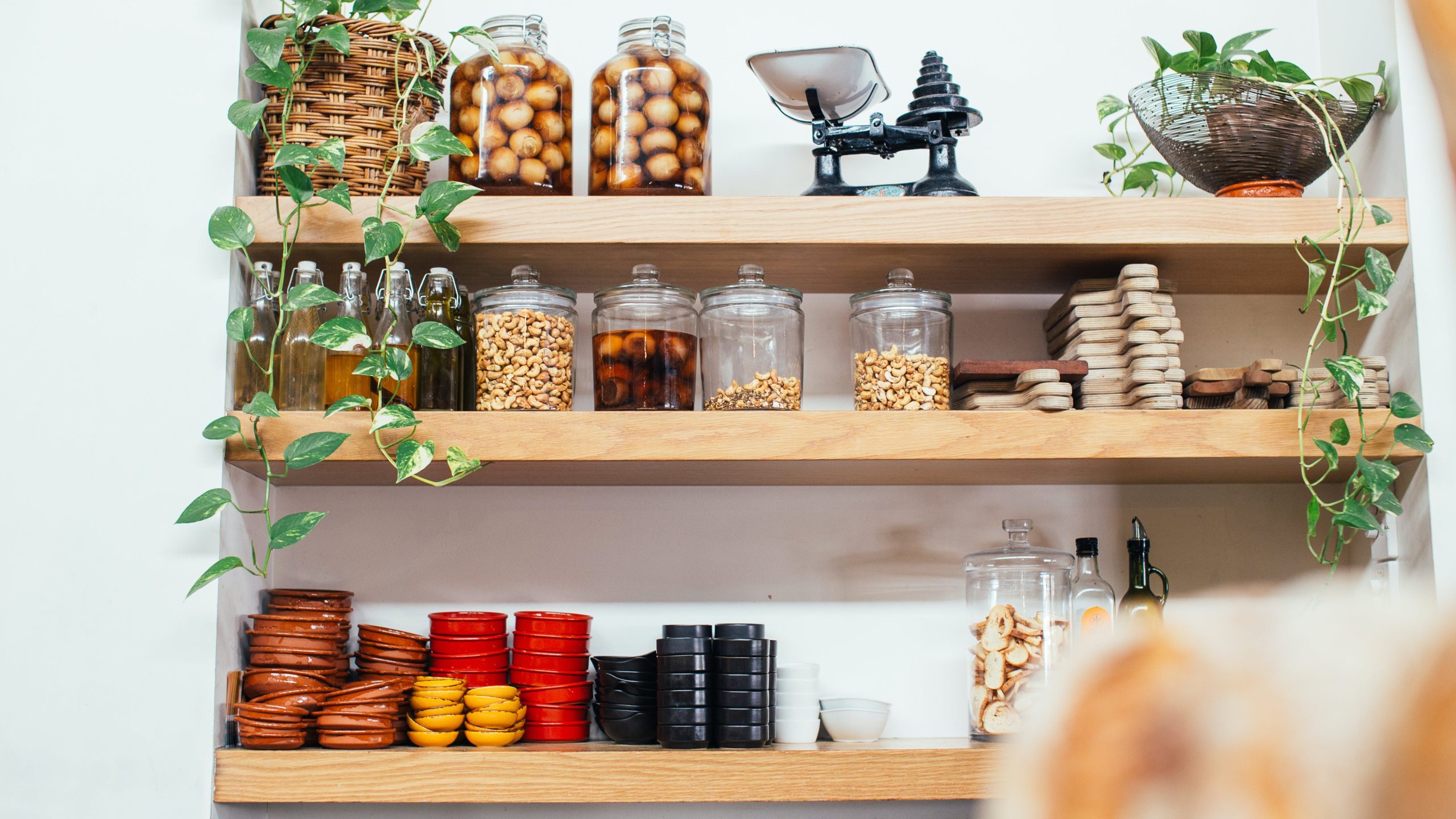
Deciding whether a pantry should be open or closed largely depends on your preference, space, and aesthetic goals. Open pantries offer visibility and easy access, allowing a decorative display of ingredients. They suit smaller spaces and create an airy feel but may require frequent tidying.
Closed pantries, on the other hand, like cabinets or walk-ins, maintain a clean, streamlined look and hide clutter. They offer more storage capacity, ideal for larger kitchens, preserving ingredients, and reducing dust accumulation. Ultimately, the choice between open or closed pantries revolves around the style of your organisation, space availability, and desired kitchen ambience.






